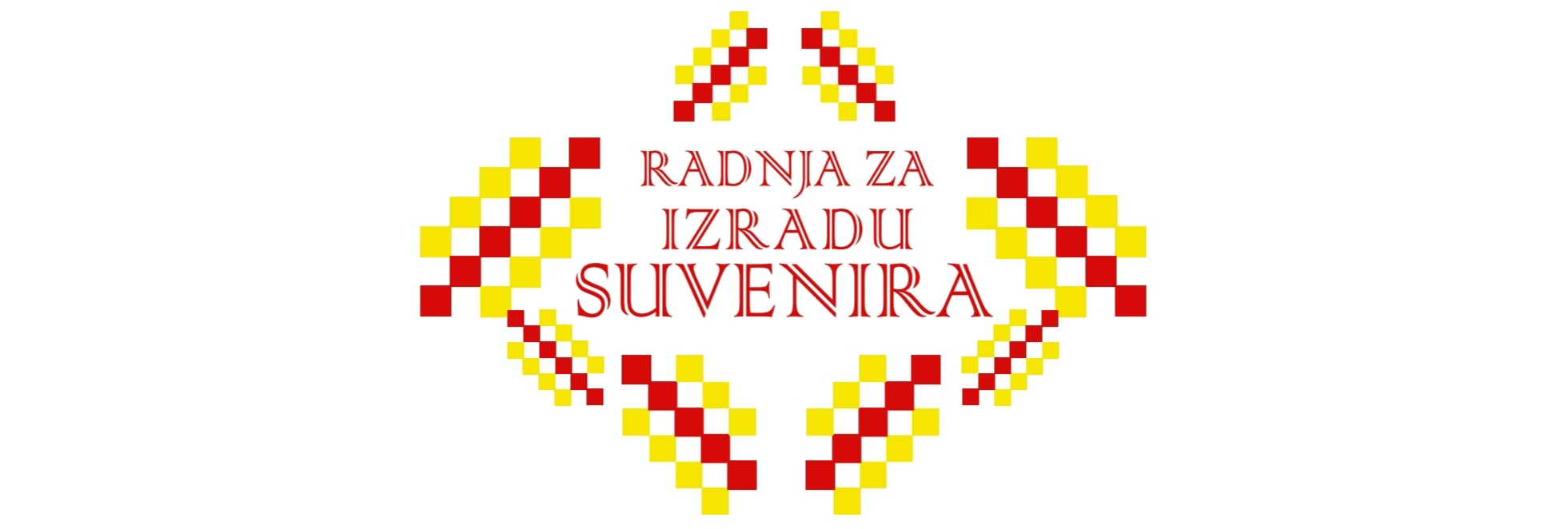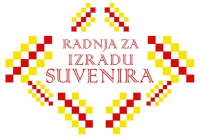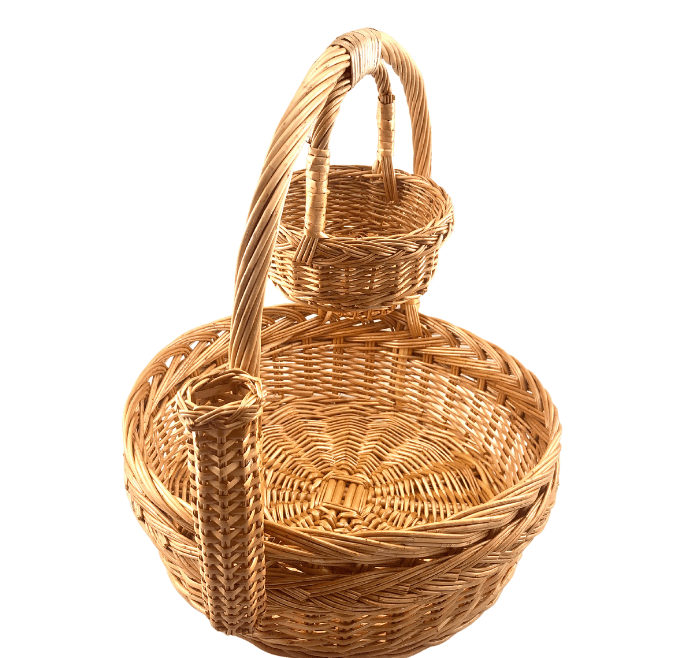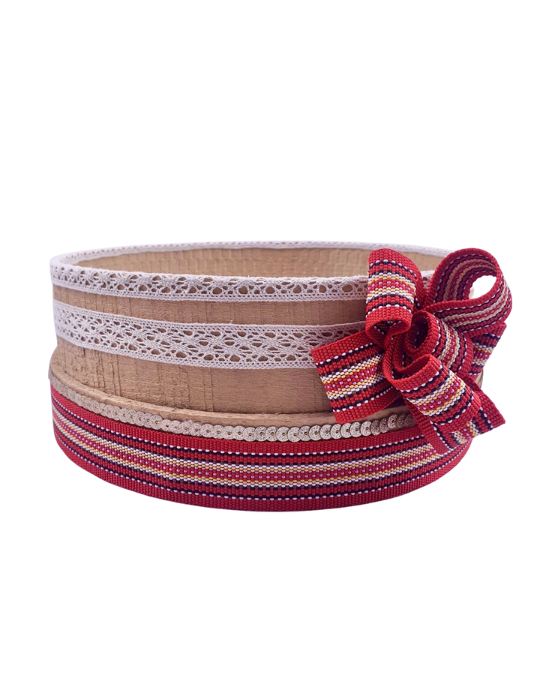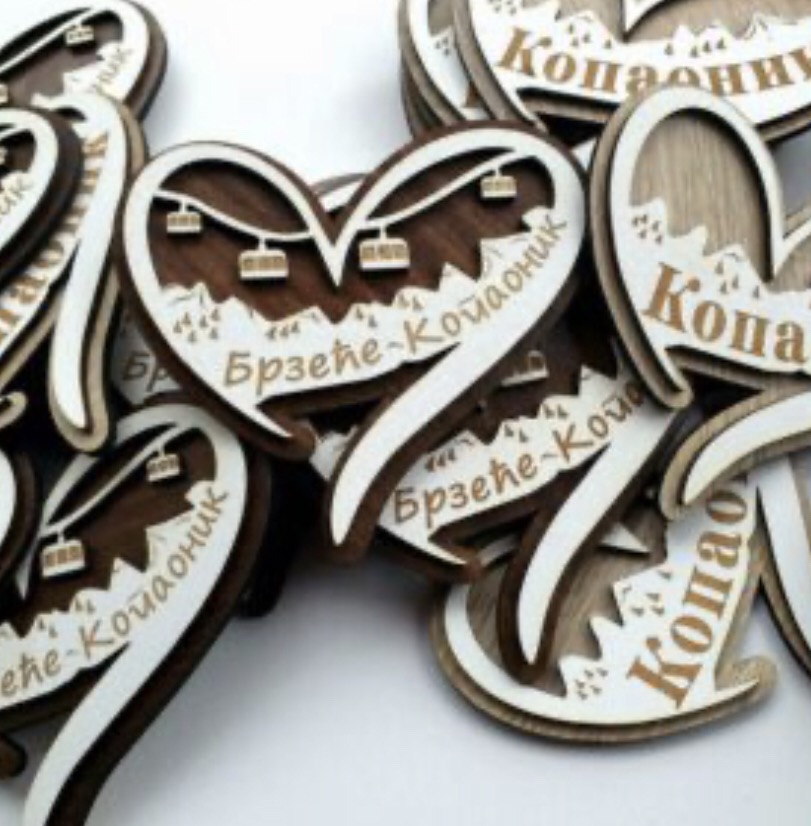Slava bread (Slavski Kolač) is the central part of the celebration of the family patron saint’s day (krsna slava), an Orthodox Christian tradition passed down from generation to generation. It symbolizes Christ, the “bread of life,” and the unity of the family with God. It is prepared as a sign of gratitude and respect towards the family’s patron saint. The slava bread is blessed in church or during the slava prayer at home, then it is poured with wine, symbolizing the blood of Christ, and broken with family members and guests as a sign of love and unity. The ceremony of carrying the slava bread to the church service can be made easier and more beautiful with a woven basket for slava bread. The woven basket is crafted using traditional methods, enhancing the overall experience of the slava rituals.
Traditional recipe for slava bread
Ingredients:
For the dough:
- 1 kg of flour (type 400 or 500)
- 1 cube of fresh yeast (40 g)
- 1 teaspoon of sugar
- 1 tablespoon of salt
- 2 dl of warm water
- 2 dl of warm milk (or more water for a fasting/vegan version)
- 1 dl of oil
- 1 egg (for the non-fasting version)
For decorations: A portion of the dough without oil (or with added flour to make it firmer), a little flour for dusting.
For glazing: Beaten egg (for the non-fasting version) or water mixed with a bit of oil (for the fasting version).
Preparation:
- Preparing the yeast:
Pour warm water into a small bowl, add sugar, and crumble the yeast. Let it rise for about 10 minutes. - Making the dough:
In a larger bowl, sift the flour, add salt, oil, the risen yeast, warm milk, and water. Knead a soft, elastic dough. Add more flour or liquid if necessary to achieve the right consistency. - First fermentation:
Cover the dough with a cloth and leave it in a warm place to double in size (about 1 hour). - Forming the bread:
Shape the larger portion of the dough into a ball and place it in a greased mold or baking pan. Set aside a portion of the dough to make decorations (crosses, braids, grape clusters, flowers). - Adding decorations:
Carefully place the decorations on the bread. Press gently to ensure they don’t separate during baking. You can use toothpicks to secure thicker decorations. - Second fermentation:
Let the bread rise again for another 30 minutes. - Baking:
Brush the bread with beaten egg (or oil and water for the fasting version). Bake in a preheated oven at 180°C (356°F) for about 45–50 minutes. If it browns too quickly, cover it with baking paper or foil. - After baking:
Let the bread cool at room temperature.
Slava bread is often decorated with symbols such as the cross, grapes (symbolizing wine), wheat stalks (symbolizing bread), and flowers (representing life and fertility).
The bread can be taken to church for blessing or blessed at home with a candle, wine, and boiled wheat (slavsko žito).
